Stay Ahead of the Curve
Latest AI news, expert analysis, bold opinions, and key trends — delivered to your inbox.
OpenAI Brings GPT-4.1 and GPT-4.1 Mini to ChatGPT, Targeting Devs and Transparency Critics
7 min read OpenAI has added GPT-4.1 and 4.1 mini to ChatGPT, boosting speed and coding performance. GPT-4.1 is for paid users; 4.1 mini is now default for all. The update replaces 4.0 mini and comes alongside new safety transparency efforts and growing AI tool competition. May 15, 2025 15:15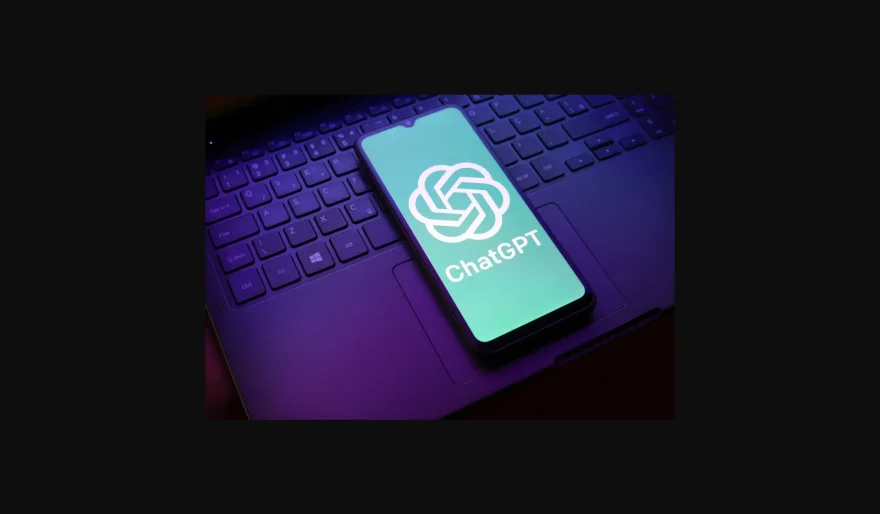
OpenAI has officially brought its GPT-4.1 and GPT-4.1 mini models into ChatGPT, marking a notable expansion of its most advanced models beyond the API and into its mainstream conversational interface. Announced Wednesday on X, this rollout gives ChatGPT users—both free and paid—direct access to OpenAI’s latest improvements in reasoning, speed, and software development capabilities.
For Plus, Pro, and Team subscribers, GPT-4.1 replaces GPT-4 (which ran on GPT-4-turbo under the hood), while GPT-4.1 mini is now the default model for both free-tier and paying users, supplanting GPT-4.0 mini entirely. It's a subtle but powerful shift in OpenAI’s strategy, reflecting an effort to align user-facing tools more closely with the company’s API advancements.
“GPT-4.1 doesn’t introduce new modalities or ways of interacting with the model, and doesn’t surpass o3 in intelligence,” said Johannes Heidecke, OpenAI’s Head of Safety Systems, in a post on X. “This means the safety considerations here, while substantial, are different from frontier models.”
What's New in GPT-4.1?
While GPT-4.1 doesn't dramatically expand the model’s capabilities—there are no new modalities, memory systems, or interaction patterns—it does refine core areas: speed, coding performance, and instruction-following precision. According to OpenAI, GPT-4.1 outperforms GPT-4o when it comes to developer tasks like debugging and writing code, while also responding more efficiently to complex prompts.
This balance of speed and sophistication is especially appealing to developers looking to integrate AI into engineering workflows. OpenAI spokesperson Shaokyi Amdo told TechCrunch that GPT-4.1 is particularly useful for software engineers who rely on ChatGPT for iterative programming tasks.
Unlike GPT-4o, which was optimized for multimodal interactions (audio, vision, text) and casual use, GPT-4.1 appears more focused on power users—those working on structured tasks that require logical consistency, code execution, and rapid iteration.
From API to ChatGPT: A Delayed but Strategic Release
GPT-4.1 and 4.1 mini were originally released in April 2024 via OpenAI’s API, allowing developers to test them in production environments. But their absence in ChatGPT led to questions about model alignment, especially as some developers reported GPT-4o behaving unpredictably with technical prompts.
The public release into ChatGPT closes that loop—and reflects OpenAI’s growing emphasis on merging its consumer and developer ecosystems. By removing GPT-4.0 mini from the platform, the company is simplifying its model lineup while bringing the newest tech to the broadest possible audience.
Safety, Criticism, and the Push for Transparency
The initial API release of GPT-4.1 in April was met with pushback from some in the AI safety and research community. Critics called out OpenAI for not publishing a formal safety report alongside the release—a step that had become expected, especially after the launch of GPT-4.
In response, OpenAI maintained that GPT-4.1 is not a "frontier" model and therefore does not require the same level of safety disclosure. “Frontier” in this context refers to models that push the boundaries of AI capability and may pose more complex risks—such as emergent behaviors, deceptive reasoning, or misuse potential. OpenAI argues that GPT-4.1, while improved, does not meet that threshold.
To address transparency concerns, OpenAI has now launched a new Safety Evaluations Hub, a public repository of its internal safety assessments across all AI models. The company also pledged to release model evaluations more frequently going forward—marking a rare concession to the research community, even if its definition of "frontier" remains internally governed.
Strategic Timing in a Competitive AI Landscape
This release doesn’t come in a vacuum. OpenAI is reportedly nearing a $3 billion acquisition of Windsurf, one of the leading AI-assisted coding tools in the market, according to recent reports. The deal—if confirmed—would position OpenAI to directly compete with GitHub Copilot and Google’s Gemini-powered tools by embedding AI deeply into the developer stack.
Just hours before OpenAI’s announcement, Google updated its Gemini chatbot with tighter integration for GitHub projects, signaling an intensifying arms race over who can own the AI developer workflow.
As competition heats up, OpenAI’s decision to fold GPT-4.1 into ChatGPT may serve a dual purpose: improving performance for loyal users while demonstrating a commitment to greater transparency and model consistency across products.
Bottom Line
With GPT-4.1 and 4.1 mini now live inside ChatGPT, OpenAI is reinforcing its dual mission: push model performance forward while simplifying how users interact with its tech. By aligning its public-facing tools with its developer offerings—and responding, at least partially, to transparency demands—the company is making a clear statement about its evolving role in the AI ecosystem.
Whether you're a developer looking for a smarter debugging assistant or a researcher tracking model behavior, GPT-4.1's arrival in ChatGPT could mark one of OpenAI’s most strategically timed updates yet.
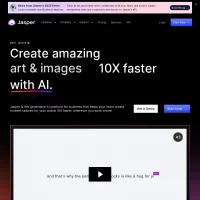
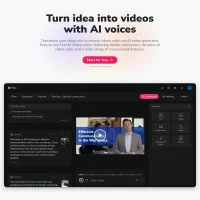
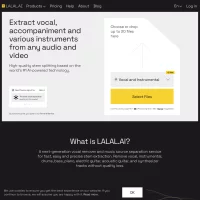
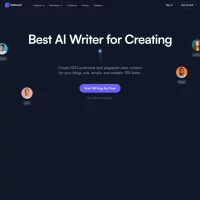
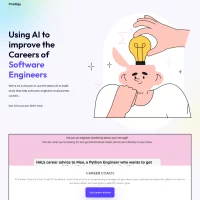
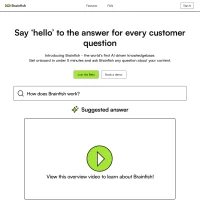

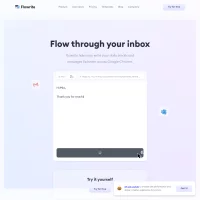

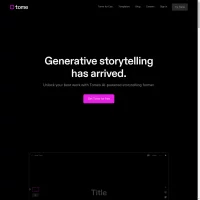

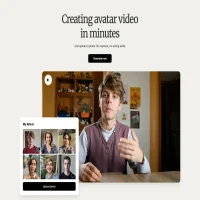
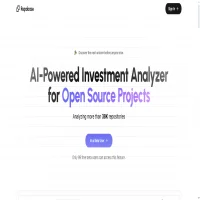
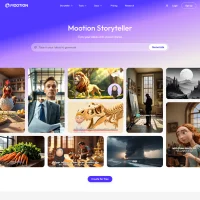
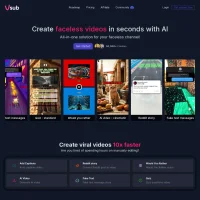

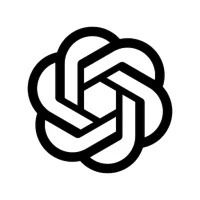
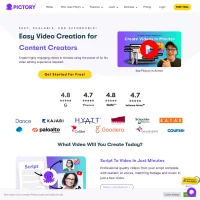
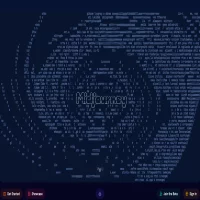
 AI Agents
AI Agents